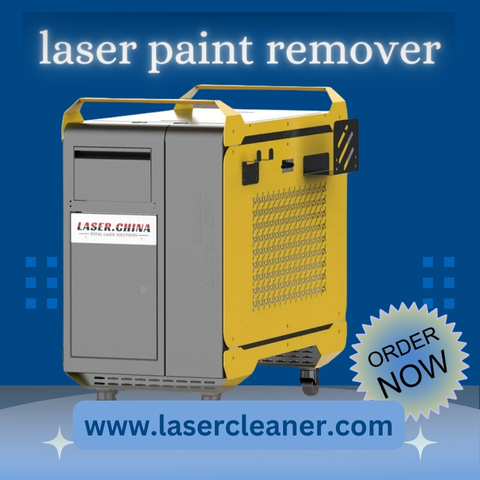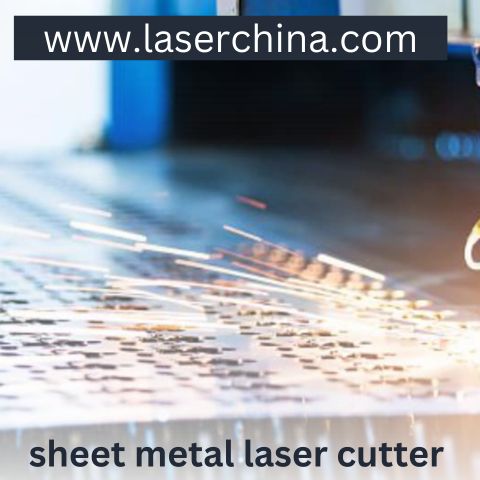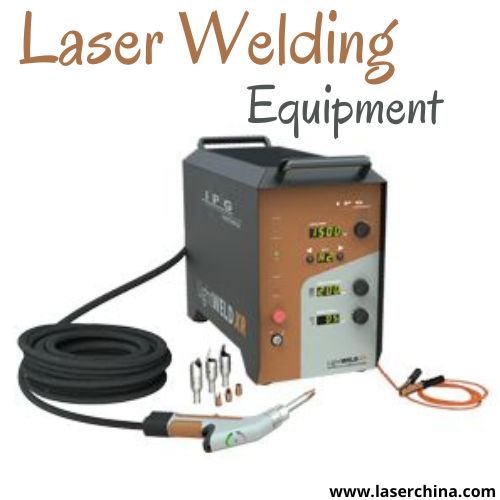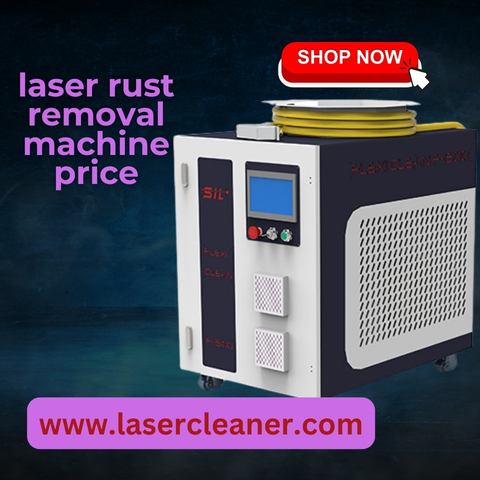Why Does the Fiber Laser Welding Machine Price Vary So Much Even for Similar-Looking Models?

Strong 8k brings an ultra-HD IPTV experience to your living room and your pocket.
The fiber laser welding machine price is a topic that often puzzles both first-time buyers and seasoned industrial professionals. At first glance, two machines might look almost identical—sleek build, similar dimensions, and even boasting the same wattage—yet their price tags differ by thousands of dollars. What causes this price gap? Is one overpriced, or is the other lacking essential capabilities?
This in-depth article unravels the mystery behind fiber laser welding machine pricing and gives you a clear path to making an informed purchasing decision.
Understanding the Core of Fiber Laser Welding Machines
Before we explore pricing, it’s vital to understand what a fiber laser welding machine is meant to do. These machines use a high-intensity laser beam transmitted through a fiber optic cable to weld metals with extreme precision. This technology is commonly used in automotive, aerospace, jewelry, electronics, and even in DIY metalworking projects.
The accuracy, speed, and minimal heat distortion of fiber laser welders make them an industry favorite. But what influences their price?
The Pricing Puzzle: What Makes the Cost Go Up or Down?
You might think the fiber laser welding machine price depends solely on brand or power output. While these factors play a role, the reality is far more layered. Here are some major reasons why two machines that appear similar might have very different prices:
1. Power Source Brand and Quality
The laser source is the beating heart of any fiber laser welding machine. Reputable power sources like IPG, Raycus, or MAXPhotonics differ vastly in performance, durability, and cost. A machine using an IPG power source will typically cost more than one using a lesser-known brand, due to proven reliability and global support availability.
2. Laser Output Stability
Even if two machines are labeled as “1500W,” their performance can vary depending on how consistently they maintain that output. Machines with better control boards and internal circuitry can sustain a stable laser output under different conditions—this adds to the price due to improved engineering and build.
3. Cooling System Integration
Cooling is crucial in fiber laser welding, especially in high-wattage systems. Some machines come with integrated water chillers, while others require external cooling. The inclusion of efficient cooling systems raises the fiber laser welding machine price, but also ensures longer operational life and reduced maintenance.
4. Precision of Optical Components
The lenses, mirrors, and fiber cables inside a laser welding system must be of high optical quality. Premium optical components ensure minimal energy loss and better welding results. Inferior optics reduce welding performance and increase energy usage—another reason some cheaper models cut corners here.
5. Build Quality and Assembly
Just like vehicles, two machines with similar engines may have different levels of craftsmanship. From the chassis material to internal wiring, premium machines use robust frames and top-tier electrical components. This doesn’t just make the machine last longer—it also increases safety and efficiency.
Country of Origin and Its Role in Pricing
One major influence on the fiber laser welding machine price is the country where it's manufactured. Machines from Germany, Japan, or the USA tend to command a premium. That premium is often justified by long-term support, high-grade components, and strict quality assurance standards.
On the other hand, many cost-effective options are produced in China. Some Chinese manufacturers produce outstanding quality, but there is also a wide range of mid- to low-tier producers who may use substandard components to keep prices low. The key is not to assume all machines from one country are the same—brand reputation and real-world reviews should guide your judgment.
Software and Interface: An Invisible Cost Factor
The software used to control the machine also adds to the cost. User-friendly interfaces, advanced control systems, and multi-language support can make the machine easier to operate and program. Machines that come with open-source, buggy, or outdated software might be cheaper but can cost more in the long run due to downtime and inefficiency.
Advanced software integration allows for:
Real-time temperature and depth monitoring
Pulse duration control
Seam tracking
Automation compatibility
These advanced features don't always reflect on the outer appearance but significantly influence the price.
After-Sales Support and Warranty
You might not factor in support when thinking about fiber laser welding machine price, but it matters. Vendors that provide excellent after-sales service, remote troubleshooting, training sessions, and extended warranties will charge more—and rightly so. A cheaper machine with no service backup can become a burden within a few months of purchase.
Ask yourself:
How long is the warranty?
Are replacement parts easily available?
Is customer service accessible and helpful?
Is there a local service center?
These aspects silently push the price higher, but they are investments in peace of mind.
Certifications and Safety Standards
Meeting international certifications like CE, FDA, or ISO often adds to the manufacturing cost. These standards ensure that the machine complies with safety, electromagnetic compatibility, and manufacturing regulations. Machines without such certifications might be cheaper but could pose legal or safety issues, especially in regulated industries.
Customization and Add-Ons
Do you need automatic wire feeders? Multiple welding modes? Adjustable nozzles or robotic arm compatibility?
Machines that come with additional tools or allow for modular expansion usually come at a higher price. However, this versatility makes them future-proof and suitable for a wider range of applications.
The Marketing Factor: Brand Perception
Some brands have built a reputation for quality, and their name alone carries value. Just like in the fashion or automotive industry, branding affects the fiber laser welding machine price. Trusted brands invest in quality control, research, and customer support—which are all reflected in the final cost.
However, savvy buyers should always balance reputation with specifications and real user feedback.
Real-World Price Range
As of 2025, here is a general pricing overview for reference:
Power Rating Entry-Level Machines Mid-Tier Machines Premium Machines
1000W $3,000 - $6,000 $6,500 - $9,000 $10,000+
1500W $5,000 - $8,000 $8,500 - $12,000 $13,000+
2000W $7,000 - $10,000 $11,000 - $15,000 $16,000+
Prices fluctuate depending on customization, supplier location, and warranty plans. It’s best to request a quote that includes shipping, training, and taxes to get a clear total cost.
Tips to Get the Best Value for Your Budget
Do your homework: Research the manufacturer, read customer reviews, and request video demonstrations.
Ask for samples: Some vendors will weld your supplied material and send it back to show results.
Check local dealers: Sometimes local suppliers offer support and training as part of the package.
Negotiate: Prices can often be adjusted, especially if you're buying multiple units or are a returning customer.
Final Thoughts
The fiber laser welding machine price isn’t just about the wattage or the color of the machine—it’s a combination of power source quality, internal engineering, software capabilities, after-sales support, and brand trust. While it may be tempting to choose the cheapest option, investing a little more upfront can save you from downtime, frequent repairs, and subpar welding results.
Making the right purchase requires balancing budget with functionality and support. Don’t just look at the price tag—look beneath the surface. That’s where the real value lies.
Would you like a sample pricing list from top manufacturers or help comparing two specific models?
Note: IndiBlogHub features both user-submitted and editorial content. We do not verify third-party contributions. Read our Disclaimer and Privacy Policyfor details.







